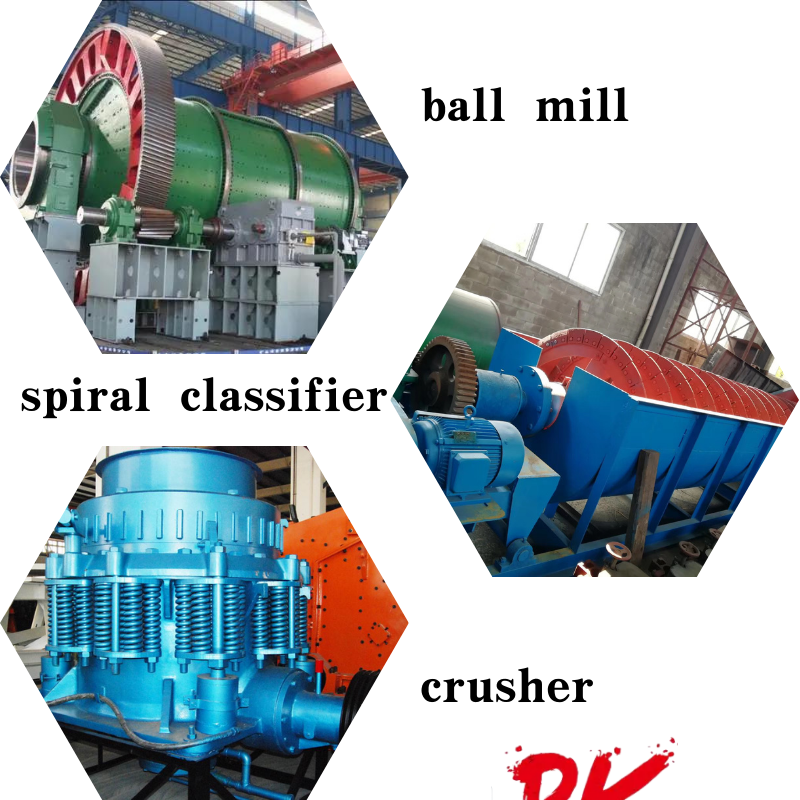
Understanding the Cost of Activated Carbon per Kilogram for Various Applications
Understanding the Cost of Activated Carbon per Kilogram
Activated carbon, known for its exceptional adsorption properties, is a key resource in various industries including water treatment, air purification, and chemical processing. As environmental concerns and regulatory standards heighten, the demand for high-quality activated carbon has surged, prompting discussions about its cost per kilogram. This article delves into the factors affecting the pricing of activated carbon and its implications for various applications.
Factors Influencing the Cost of Activated Carbon
1. Raw Material Source The cost of activated carbon is heavily influenced by the raw materials used in its production. Common sources include coconut shells, wood, coal, and peat. Coconut shell-based activated carbon is often more expensive due to its higher quality and sustainability, while coal-based varieties can be cheaper but may not provide the same level of performance for specific applications.
2. Production Method The manufacturing process significantly impacts the final price. Two primary methods are used physical activation and chemical activation. The former generally requires higher temperature processes and longer times, resulting in higher production costs. Conversely, chemical activation can lead to lower production costs but might alter the properties of the carbon, affecting its suitability for various uses.
3. Purity and Specific Properties Higher purity activated carbon with specific pore sizes can demand a premium price. For instance, activated carbon tailored for water filtration often requires stringent quality control measures to ensure it effectively removes contaminants. Similarly, activated carbon designed for the food and beverage industry must meet rigorous safety standards, further driving up its price.
activated carbon cost per kg

4. Market Demand and Trends Fluctuations in demand across industries can also impact pricing. With the growing emphasis on environmental sustainability and pollution control, industries like food processing, pharmaceuticals, and wastewater treatment are increasingly utilizing activated carbon, leading to a rise in prices, especially during tight supply situations.
5. Geographic Location and Shipping Costs The geographical location of production facilities and the associated shipping costs can influence the final price. Activated carbon produced in regions closer to the point of sale may incur lower transportation expenses, making it more competitively priced compared to imports.
Implications of Activated Carbon Pricing
The cost per kilogram of activated carbon is a crucial consideration for industries that rely on it for effective purification and filtration. For companies looking to implement activated carbon solutions, understanding these costs can influence budget allocations and project feasibility. Moreover, the price trend of activated carbon can signal market dynamics, alerting businesses to potential supply chain adjustments, and prompting them to explore alternative materials or methods to mitigate costs.
In conclusion, the cost of activated carbon per kilogram is shaped by numerous factors including raw material sourcing, production methods, and market dynamics. As industries continue to prioritize sustainability and efficiency, understanding these intricacies will be essential for making informed purchasing decisions and maintaining operational effectiveness. As demand evolves, so too will the landscape of activated carbon pricing, making it a topic worthy of ongoing attention and analysis.
Share
-
Premium Pigment Supplier Custom Solutions & Bulk OrdersNewsMay.30,2025
-
Top China Slag Fly Ash Manufacturer OEM Factory SolutionsNewsMay.30,2025
-
Natural Lava Rock & Pumice for Landscaping Durable Volcanic SolutionsNewsMay.30,2025
-
Custom Micro Silica Fume Powder Manufacturers High-Purity SolutionsNewsMay.29,2025
-
Custom Mica Powder Pigment Manufacturers Vibrant Colors & Bulk OrdersNewsMay.29,2025
-
Custom Micro Silica Fume Powder Manufacturers Premium QualityNewsMay.29,2025






